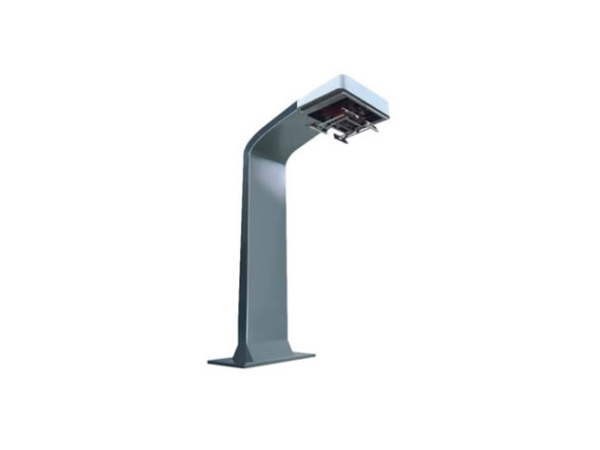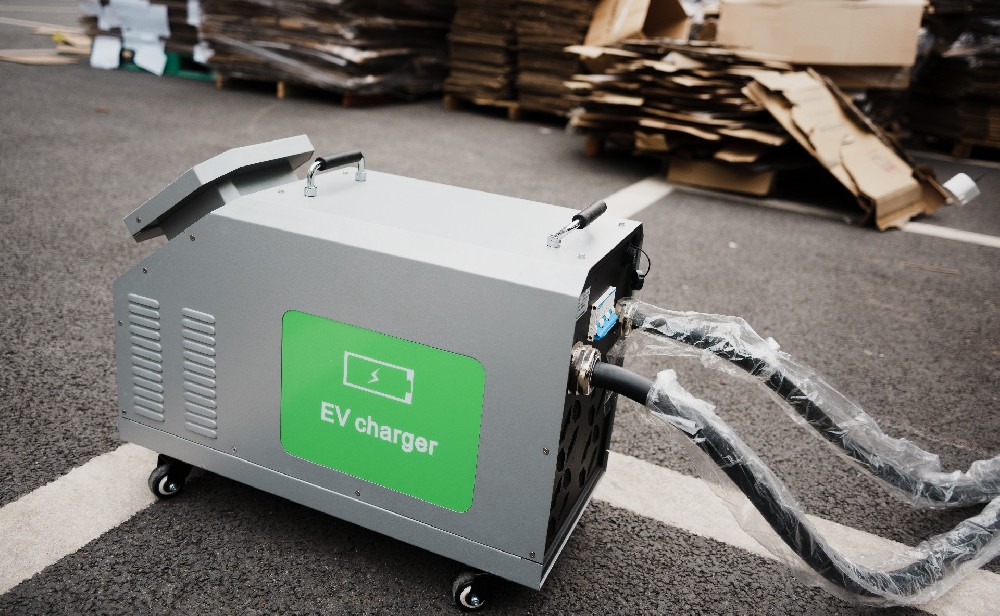-
13822183778@139.com
-
13822183778
Overcome six major problems such as "slow charging" and "difficult maintenance"
With the popularization of new energy vehicles, ultra-fast charging and energy replenishment have become urgent issues to address. This year, several regions have introduced policies to accelerate the construction of ultra-fast charging stations. The recently released "Shenzhen Special Plan for New Energy Vehicle Ultra-Fast Charging Infrastructure (2023-2025)" has once again sounded the call for building Shenzhen into a "Supercharge City." According to the plan, by the end of 2023, Shenzhen will have built no fewer than 150 public ultra-fast charging stations, and by March 2024, this number will increase to at least 300.

In fact, accelerating the construction of a "Supercharge City" is not limited to Shenzhen. For instance, Beijing has sought public opinions on rewards for the construction and operation of charging and swapping facilities, with ultra-fast charging piles eligible for the highest annual subsidy of 216 yuan per kilowatt under the public charging facility category. Guangzhou has launched the "Supercharge Capital" plan, explicitly supporting super high-power fast-charging technology and focusing on building a multi-level, multi-type, and multi-scenario charging system. Hainan has initiated the "Supercharge Island" construction plan, aiming to build over 400 ultra-fast charging stations by 2025.
Research shows that slow charging is one of the core pain points for new energy vehicle users in terms of energy replenishment. Although various regions have introduced policies this year to accelerate the construction of ultra-fast charging stations, the development of such stations faces challenges such as insufficient grid power, high investment costs, long payback periods, limited compatible vehicle models, and incompatibility issues. Industry insiders suggest promoting cooperation and communication among upstream and downstream enterprises in the industrial chain, fostering collaboration between new energy vehicle manufacturers and charging facility operators, and collectively advancing the construction of "Supercharge Cities."
In recent years, both domestic and international automakers and tech giants have unveiled high-voltage fast-charging platform solutions, with the industry trend clearly established. High-voltage fast-charging platforms offer significant advantages, including notably improved charging efficiency, enhanced vehicle performance, and increased range.
These advantages ensure that high-voltage fast-charging models will attract more user favor.
Consequently, the demand for high-power charging piles will further expand, signaling the dawn of the super-fast charging era.
 How long does it take to charge ···
How long does it take to charge ···
 DC Fast Charging CCS type 2 plug
DC Fast Charging CCS type 2 plug
 The high-voltage and high-curren···
The high-voltage and high-curren···


